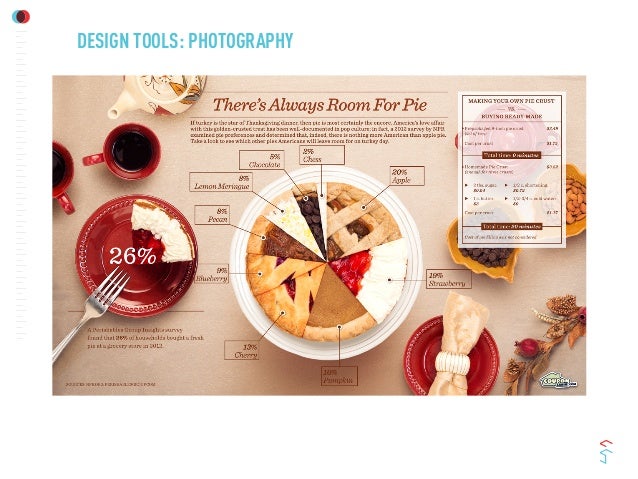What Every Photographer Should Learn About Illumination
What Every Photographer Should Learn About Illumination
Blog Article
Author-Futtrup Heath
As a digital photographer, you recognize that illumination can make or damage your photos. Comprehending the subtleties of both all-natural and synthetic light is important for capturing the state of mind and quality you go for in your job. Whether you can try here chasing the perfect gold hour glow or tweak your artificial arrangements, grasping these elements can boost your photography significantly. However there prevail mistakes that numerous forget, and identifying them can change your strategy to every shoot. Let's discover what https://zenwriting.net/isidro35silvana/easy-ways-to-boost-your-portrait-digital-photography could be missing and just how it can affect your results.
Comprehending All-natural Light
Comprehending natural light is important for any type of photographer aiming to enhance their job. It's the foundation of terrific digital photography, influencing mood, tone, and clearness. When you shoot outdoors, take notice of the time of day. The golden hour-- soon after sunup and before sundown-- provides soft, cozy light that can change average scenes right into sensational photos.
Do not take too lightly the power of cloudy days. Cloud cover diffuses sunshine, creating a soft, even light that's ideal for pictures and macro photography. You'll find colors appear this sort of lights without rough shadows.
Positioning matters, also. Always consider your topic's orientation to the light source. If the sunlight's behind your topic, you might wind up with a silhouette, which can be significant however mightn't be what you desire. Alternatively, straight sunlight can produce uncomplimentary darkness.
Trying out angles; sometimes, changing your perspective can yield outstanding results. Use https://blogfreely.net/dusty796cornell/creative-ways-to-market-your-photography-solutions , like water or sand, to bounce light onto your topic, including measurement.
Learning Artificial Light
Grasping fabricated light is essential for professional photographers that want to take their abilities to the next level. Whether you're making use of speedlights, studio strobes, or constant lights, understanding how to control these resources can considerably boost your images.
Start by familiarizing yourself with the essentials of light quality, instructions, and shade temperature level. Experiment with different modifiers like softboxes, umbrellas, or grids to manage the softness or violence of the light.
You'll find that soft light frequently develops complementary outcomes, while harsher light can include dramatization and deepness. Don't shy away from shadows; they can boost the three-dimensionality of your subjects.
Pay very close attention to the positioning of your lights. A light positioned as well close to your topic can produce uncomplimentary results, while as well far can bring about an absence of information. Use a light meter or your video camera's pie chart to guarantee you're exposing appropriately.
Lastly, bear in mind that man-made light can be combined with ambient light for imaginative effects. Stabilizing source website could take practice, once you grasp it, your photography will truly beam.
Methods for Different Circumstances
When you enter different capturing scenarios, adapting your lights methods is vital for capturing the best photos. For outside pictures, use the golden hour-- early morning or late afternoon light-- to soften shadows and enhance skin tones.
If it's a harsh lunchtime sunlight, consider utilizing a reflector to jump light back onto your subject or look for shaded areas for a more also exposure.
In low-light circumstances, like indoor occasions, raise your ISO and make use of a large aperture to let in more light. A tripod can assist get rid of electronic camera shake, enabling longer exposures without obscuring.
If you're contending night, trying out off-camera flash to produce vibrant illumination and deepness in your photos.
For product photography, utilize diffused lighting to avoid harsh representations. Softboxes or light camping tents can aid achieve this effect.
When photographing landscapes, take into consideration the instructions of light and time of day, as it can drastically alter the mood of your shot.
Constantly prepare to change your settings and positioning based on the scenario, as flexibility is vital to understanding illumination in photography.
Conclusion
Finally, grasping lighting is crucial to boosting your digital photography skills. Welcome natural light's beauty throughout gold hour, and don't avoid trying out artificial light techniques. By adapting your strategy to different scenarios, you'll catch magnificent images that reverberate with emotion and clarity. Remember, the appropriate lights can change a common shot into something phenomenal, so maintain practicing and fine-tuning your understanding of both all-natural and man-made light. Happy shooting!
